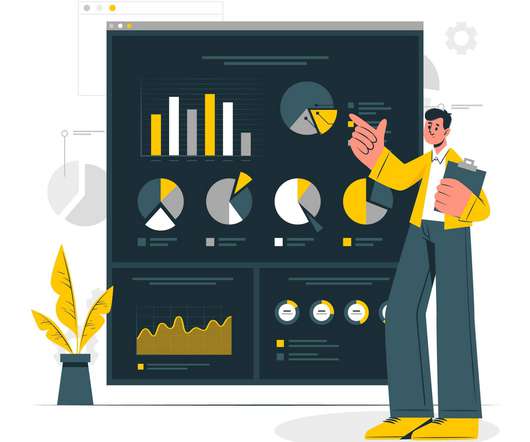LEVERAGING VISUAL AI TO MITIGATE THE ENVIRONMENTAL AND FINANCIAL IMPACT OF TRUCK ROLLS
TechSee
APRIL 21, 2023
A truck roll is when a technician or service provider drives to a customer’s location to install or repair equipment. They are a necessary part of many customer and field service operations. Less time spent in traffic jams means more efficient employees, happier customers, and a drastic reduction in unnecessary CO2 emissions.
















Let's personalize your content